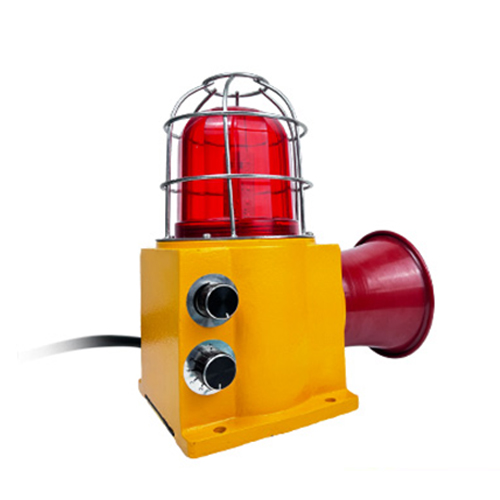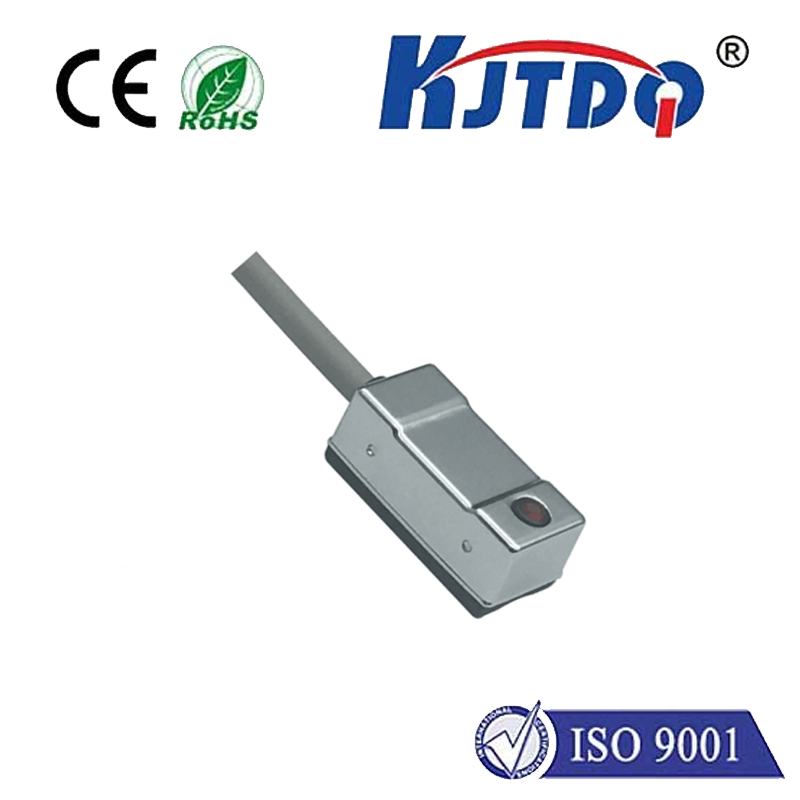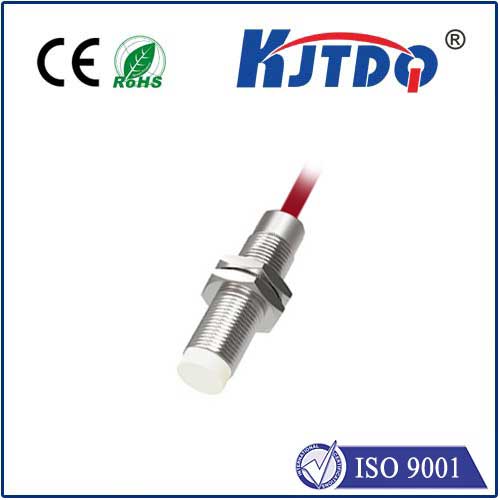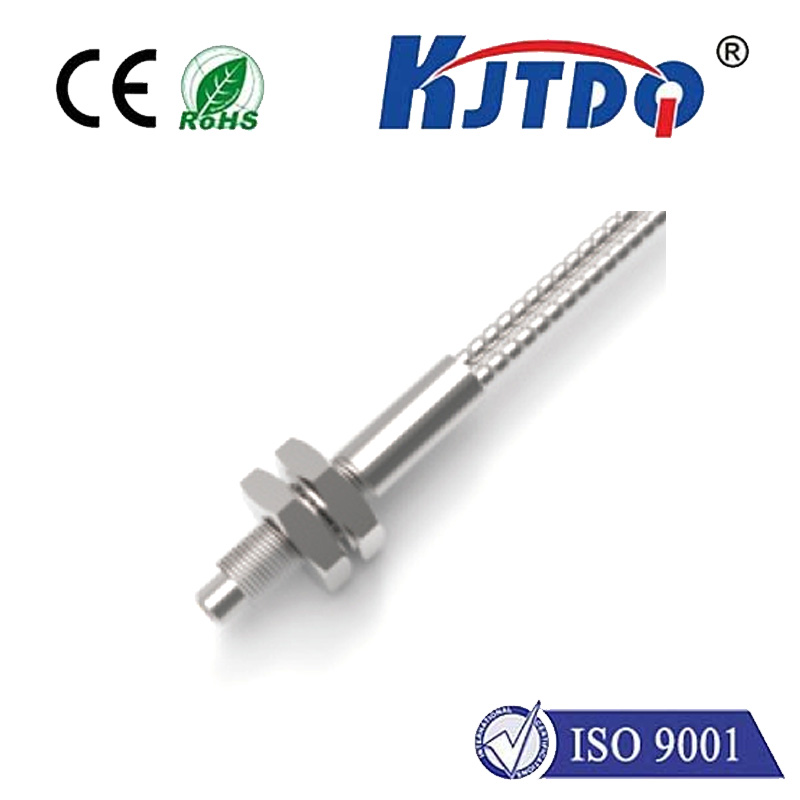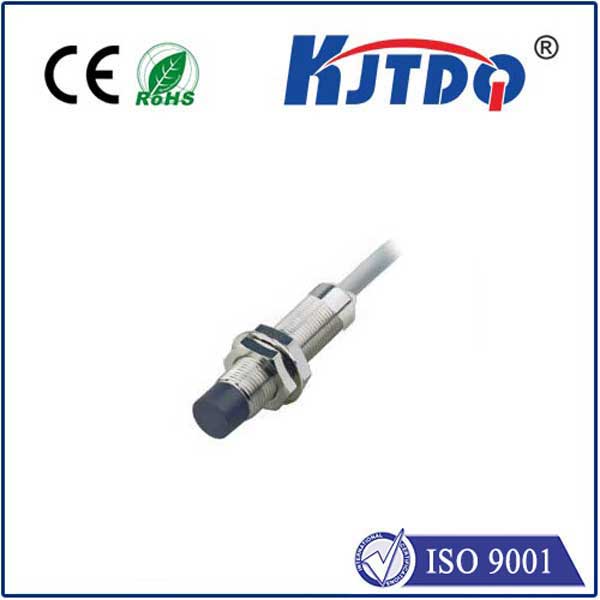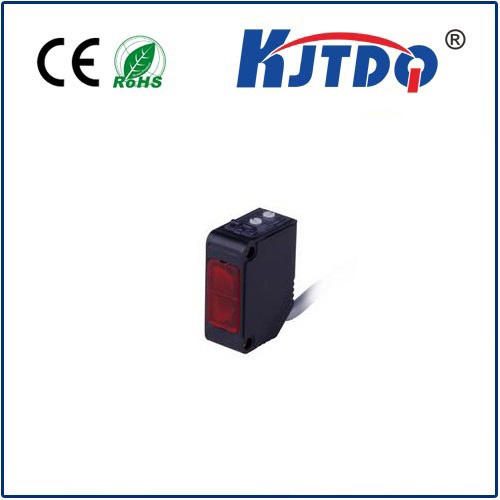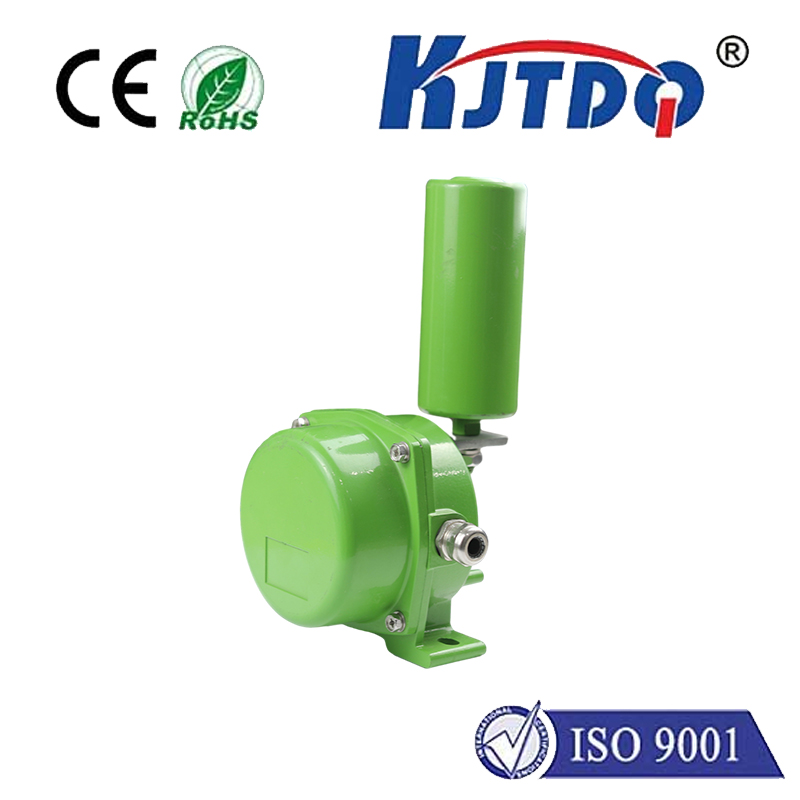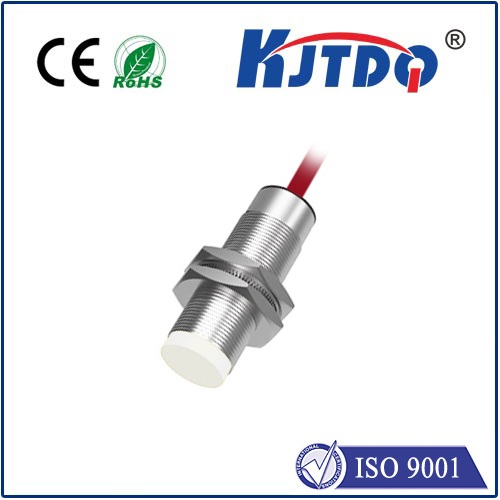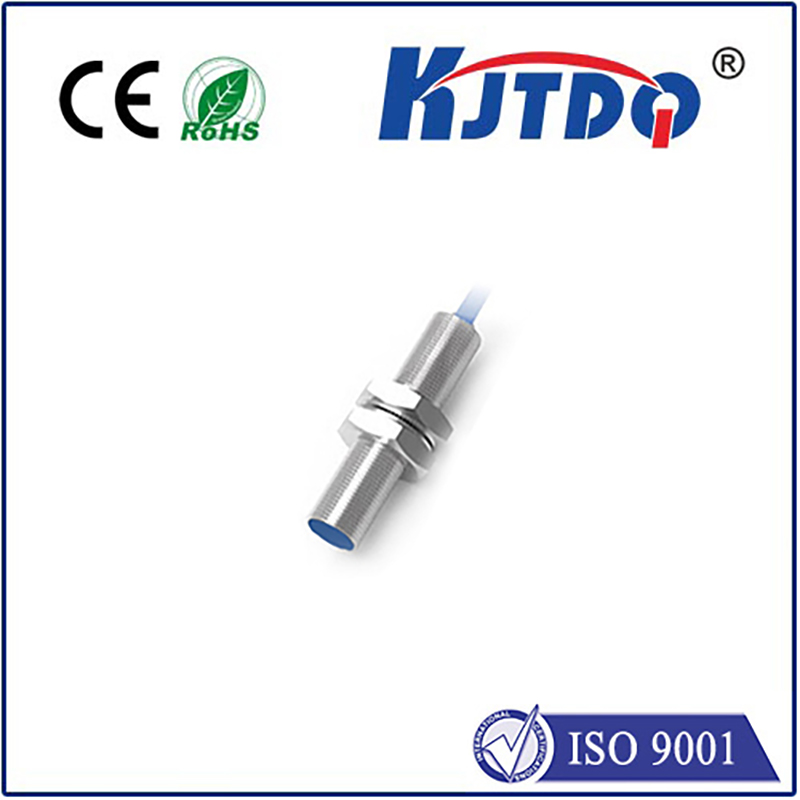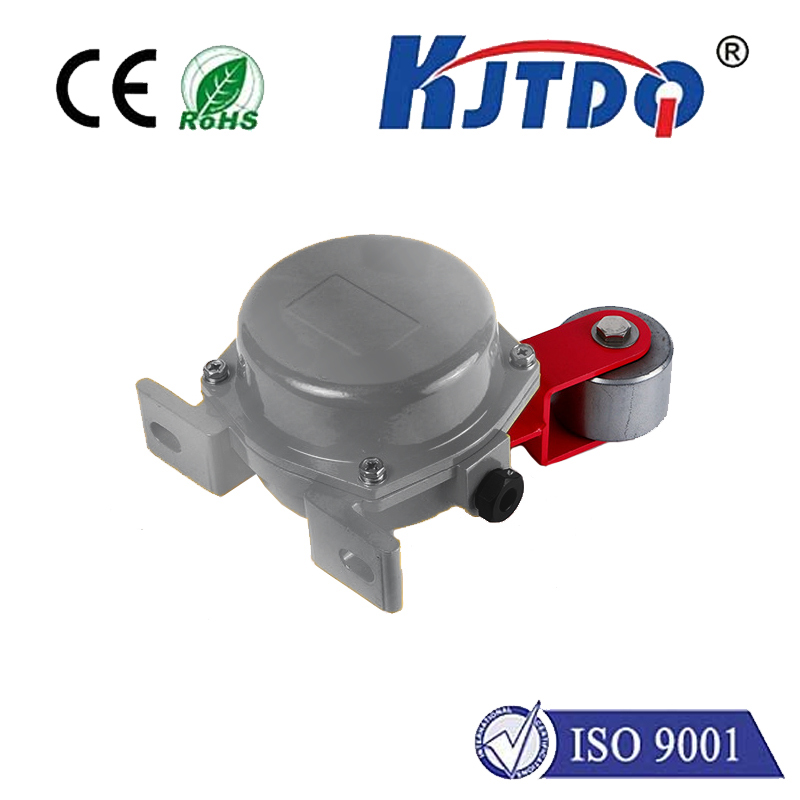PN2514 pressure sensor
- time:2025-09-24 07:10:32
- Click:0
PN2514 Pressure Sensor: Precision Measurement Simplified for Demanding Applications
Accurate pressure measurement sits at the heart of countless modern systems, from life-saving medical devices to rugged industrial automation. Yet, finding a sensor that delivers reliable, high-fidelity data without requiring complex signal conditioning or excessive board space remains a challenge. Enter the PN2514 pressure sensor – a sophisticated component engineered to provide an elegant solution for designers seeking uncompromising performance in a compact, easy-to-integrate package.
Understanding the PN2514: Beyond the Part Number
The PN2514 isn’t just another pressure sensor; it represents a highly integrated approach to pressure sensing. Fundamentally, it’s a piezoresistive silicon micro-machined (MEMS) sensor. But what sets it apart is its on-chip signal conditioning, temperature compensation, and calibration. This integration transforms raw, temperature-sensitive strain gauge outputs into a clean, stable, and ready-to-use digital signal. Forget complex external amplifiers and calibration routines; the PN2514 delivers calibrated pressure data directly over a standard digital interface.
Key Features Driving Performance

The PN2514 pressure sensor boasts features designed for precision and ease of use:
- Digital Output (I2C Interface): This is a significant advantage. The I2C interface simplifies connectivity to microcontrollers (MCUs) and processors, drastically reducing wiring complexity and software development effort compared to analog sensors requiring ADC (Analog-to-Digital Converter) channels. Data is transmitted digitally, minimizing noise susceptibility over longer cable runs.
- Integrated Signal Conditioning & Calibration: The sensor performs sophisticated temperature compensation and factory calibration internally. This means its output – typically in pressure units like kPa or PSI – is highly accurate across its specified operating temperature range (-20°C to 85°C is common), eliminating the need for end-user calibration. This inherent accuracy is crucial for medical and industrial applications.
- Compact Form Factor: Housed in surface-mount packages like the common DFN (Dual Flat No-leads), the PN2514 offers a remarkably small footprint. This makes it ideal for space-constrained applications like portable medical devices, hearing aids, wearables, and compact industrial equipment. Its low profile is a major design enabler.
- Wide Pressure Range Options: While specific variants exist, the PN2514 family typically covers medically relevant low-pressure ranges (e.g., 0-7.5 kPa, 0-15 kPa absolute for respiratory or blood pressure monitoring) and broader ranges suitable for industrial applications (e.g., 0-100 kPa, 0-300 kPa gauge or absolute). Selecting the correct PN2514 variant for your target pressure range is critical.
- Low Power Consumption: Designed with portability and battery-powered applications in mind, many PN2514 variants feature ultra-low power consumption, often operating effectively in the microwatt range during active measurement and offering sleep modes for further power savings. This is vital for extending battery life in portable medical instruments or remote sensors.
- High Sensitivity & Resolution: Leveraging advanced MEMS technology and signal processing, the PN2514 delivers high sensitivity even at very low pressures (crucial for medical diagnostics) and provides sufficient digital resolution for precise monitoring and control tasks.
Where the PN2514 Pressure Sensor Shines: Applications
This combination of features makes the PN2514 an incredibly versatile component:
- Medical & Healthcare: Its accuracy, small size, and low power are perfect for portable ventilators, CPAP/BiPAP machines, infusion pumps, blood pressure monitors (both cuff-based and wearable), respiratory rate monitors, and diagnostic equipment requiring differential or gauge pressure sensing.
- Industrial Automation & Control: Used in airflow monitoring, filter clog detection, liquid level sensing (via hydrostatic pressure), leak testing equipment, pump control systems, and pneumatic controls where reliable digital pressure feedback is needed. Its robustness and digital output simplify integration into industrial networks.
- HVAC (Heating, Ventilation, Air Conditioning): Ideal for monitoring duct pressure, filter status, and damper control to optimize energy efficiency and system performance.
- Consumer Electronics & Wearables: Enables advanced features in smart inhalers, fitness trackers (e.g., altitude gain), and emerging health monitoring devices requiring barometric or differential pressure sensing.
- Automotive: Applicable in cabin air pressure control, brake booster monitoring, and various fluid pressure sensing tasks within subsystems, benefiting from its digital interface and compactness.
Implementation Considerations
While the PN2514 pressure sensor simplifies many aspects of design, a few considerations remain important:
- Ventilation: Depending on whether you need absolute, gauge, or differential pressure measurement, ensuring the correct porting or venting path for the reference pressure is essential. The sensor package dictates how this is managed (e.g., a port in the PCB under the sensor).
- Power Supply Quality: A clean, stable power supply is recommended, especially for sensors operating at the limits of their resolution. While integrated conditioning reduces sensitivity, low-noise power is still beneficial.
- Mechanical Mounting & Stress: Proper mounting to minimize mechanical stress on the sensor die is critical, especially for low-pressure applications where stress can introduce errors. Following the manufacturer’s recommended PCB land pattern and assembly guidelines is key.
- I2C Bus Management: Standard I2C protocol considerations apply (pull-up resistors, bus capacitance, addressing). The PN2514 typically allows for multiple sensors on a single bus using configurable addresses.
- Environmental Protection: For harsh environments (dust, moisture), the sensor port and electronics may require protective measures like membranes, gel filling, or conformal coating, always ensuring these don’t impede pressure transmission.
Why Choose the PN2514?
Selecting the PN2514 pressure sensor translates into tangible engineering benefits:
- Reduced Design Complexity: Eliminates external signal conditioning circuits and complex calibration software, speeding time-to-market.
- Enhanced System Reliability: Integrated calibration and compensation ensure stable, accurate performance over temperature and time, leading to more robust end products.
- Space Savings: The compact SMD package frees up valuable board real estate.
- Lower Total System Cost: While the unit cost might be slightly higher than a bare MEMS die, the elimination of external components and calibration effort often results in a lower overall system cost.
Conclusion: A Digital Foundation for Pressure Sensing Needs
The PN2514 pressure sensor exemplifies how advanced integration can transform a fundamental sensing task. By delivering a fully calibrated, temperature-compensated digital pressure reading directly via I2C in a tiny footprint and with low power consumption, it removes significant barriers to implementing high-precision pressure measurement. Whether you’re developing the next generation of life-saving medical equipment, optimizing an industrial process, or creating innovative consumer devices, the PN2514 provides a powerful, reliable, and surprisingly simple solution for translating physical pressure into actionable digital data. Its blend of performance, integration, and ease-of-use makes it a compelling choice for engineers tackling demanding pressure sensing challenges across diverse markets.






